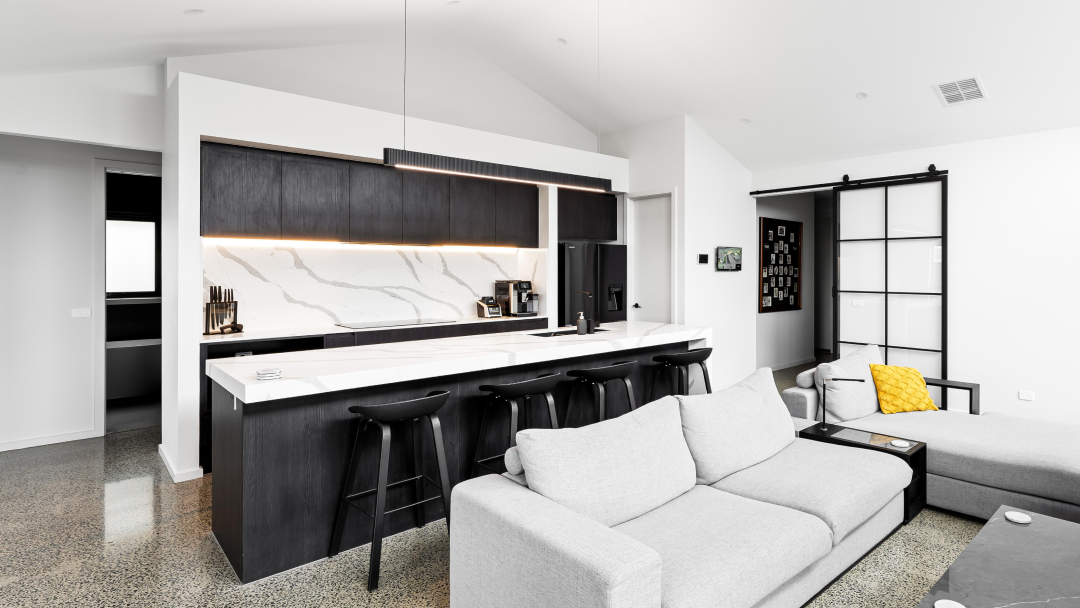Decoding Site Costs: Why They Vary and Unravelling the Confusion
When building your dream home, the term “site costs” will undoubtedly be a term that comes up. Site costs is a critical but confusing aspect of building a home. This post will help to explain site costs, why builders charge different amounts and why site costs differ on different blocks of land. By addressing things like fill, fall, land documents and easements, we hope to de-mystify this important part of your home building journey!
What are Site Costs?
Site costs refer to the expenses that are attached to the land that your house will be built on. These costs prepare the land for the construction of the home and also ensure that the home is safe and sound. These fees are dictated by the land that your house is going to be built on.
Why Do Site Costs Vary?
1. Block Characteristics
Block characteristics refer to how your piece of land is different from all the others. It refers to the slope of the land, the soil and its composition as well as the shape and size of the block. How steep the land is will change how much site costs will be; steeper blocks of land generally require more fill and can be more dangerous to build on. If there is a sharp fall, retaining walls might need to be built in order to ensure safety.
2. Builder Practices
Each builder will have their own way of calculating and presenting site costs. Most builders will be honest with you when they are explaining what you will be paying them to do on your special block. But some builders may include everything in the site costs or they might break it down differently and charge some things to the client separately.
3. Location
Location can change the prices because of where the block is situated, but also because of the type of land in that location. Prices can change not only because some areas will have easements all over them, but also because of local building regulations. Some areas may have no way road access to the land which will cost a lot in travel time and also any extra items to get to the block that a builder may need.
Fill, Fall and Land Documents
1. Fill of the Block
All blocks of land are unique. Some will be low lying or may have the odd hump here and there. Fill is the term used to describe the process of taking the soil from somewhere else and filling up the block so it matches the rest of the land that the brickies will be working on. The amount of fill that will need to be brought in for your block will have the biggest couple effect on costs.
2. Measure of Fall
How much does your block fall from the front to the back? This measurement will change how your house is built and can also add in extra costs for your slab and potentially retaining walls again? If your block does fall a bit and you haven’t quite got the budget for retaining you may need to get a quote for your footings with some piering.
3. Land Documents
Contour surveys are the first lot of results we look at when drafting site costs and we also use the soil report to determine how high our m piering costs might be.
Easements and their Impact
Easements are the positions on your block of land that are not owned, but used by someone else. It could be use of your block for drainage, your outside wall of your house, your Western property line; or another strange one which is not a full easement but has to be mentioned is for “crossover” purposes. Crossovers are the concrete bit at the bottom of your driveway. They are on public land and each state has different rules, you will need to ask your builder what they include in their sit costs.
Why Do Site Costs Vary?
Restrictions
This one goes hand in hand with the crossover, but easements can decide the length of your driveway and then how big or the position of your house.
Infrastructure
Infrastructure normally involves things like drainage to particular points on your land and sometimes this will happen; by moving or worse still installing a brand new one- storm water drain.
Access
A builder needs to know sometimes you may need to adjust the path that they come in so a power line or whatever else utility is not in the way and more so; that you can get down there.

